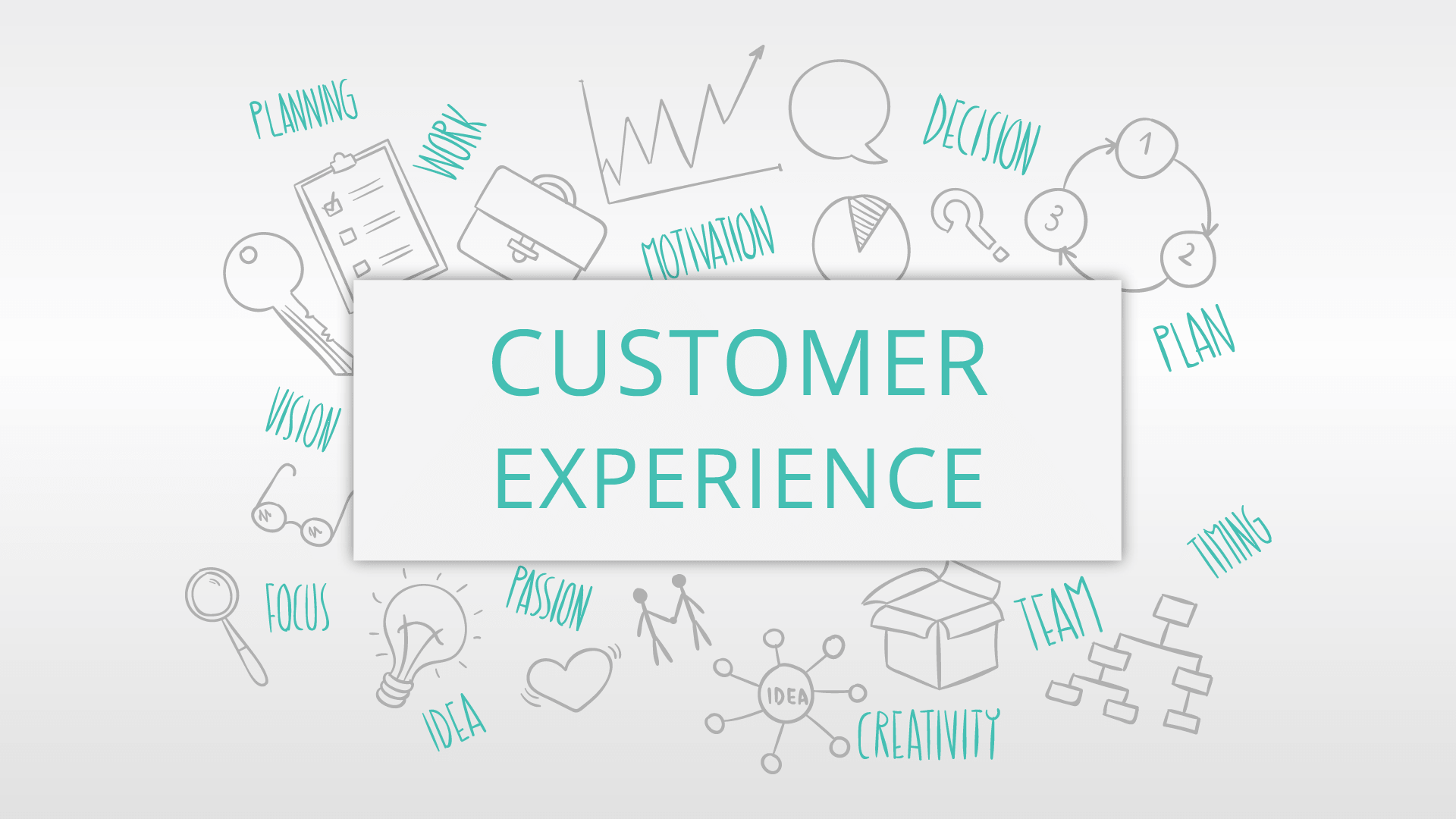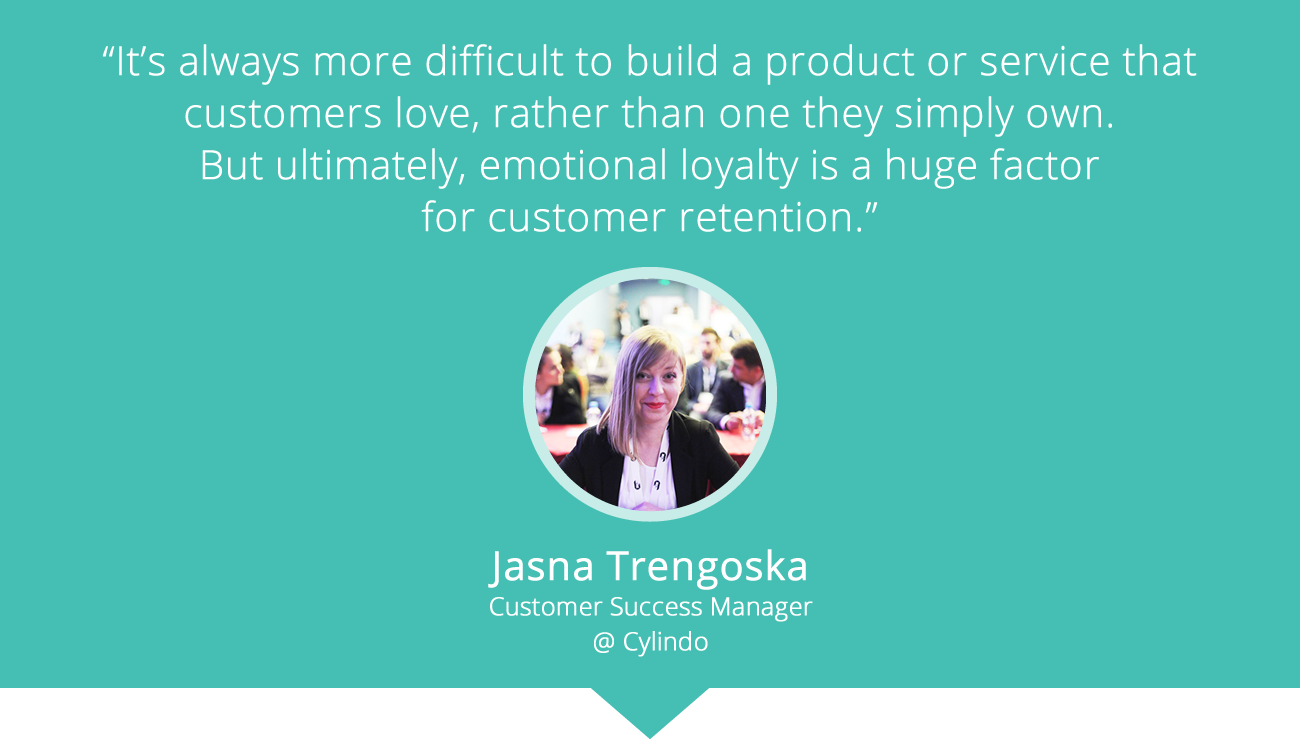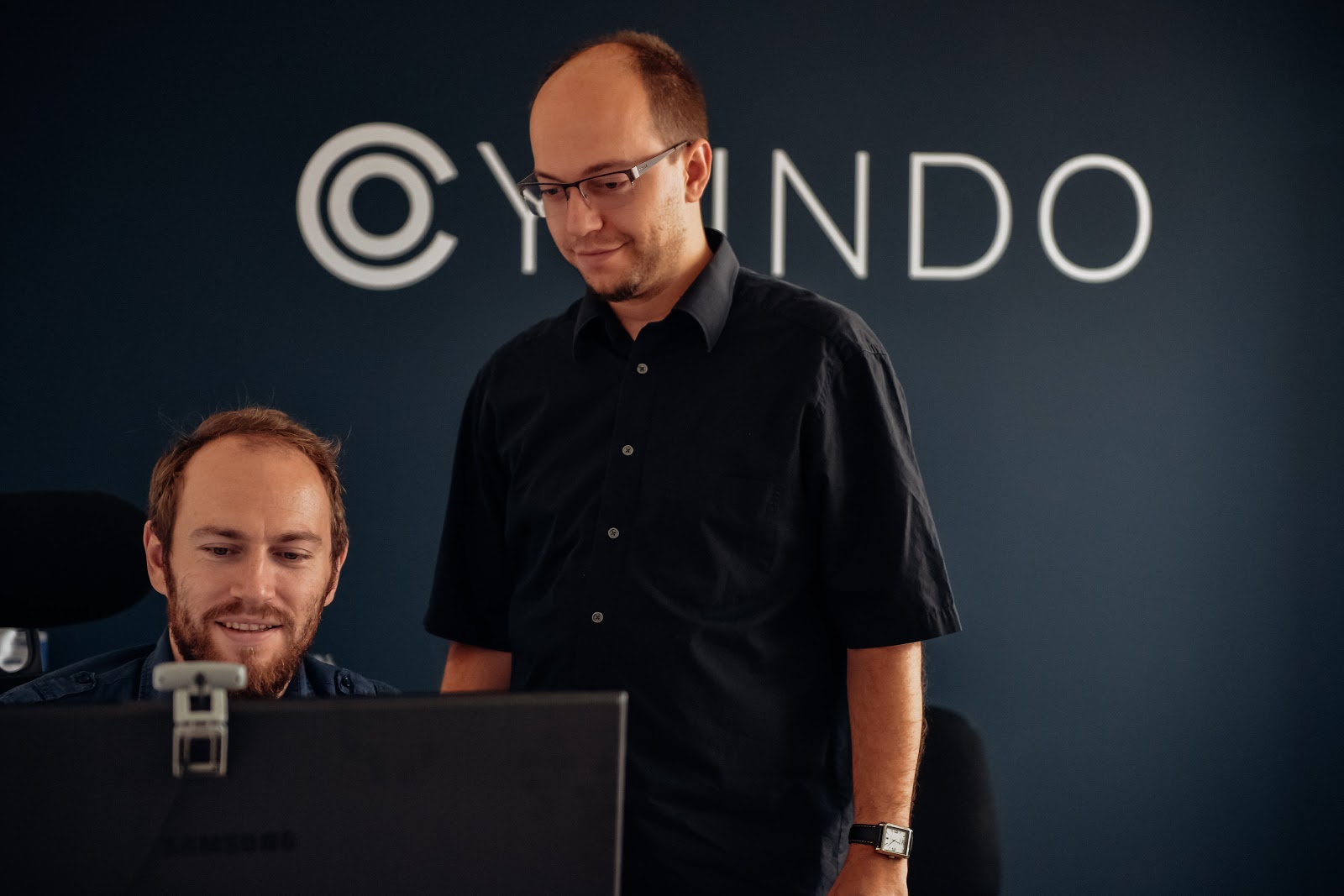
Customer Experience has undergone dramatic changes in the past few years due to digitization, rapidly changing technologies and constantly evolving customer expectations.
In today’s hyper-connected global marketplace, the competition is fierce and great customer experience can be your competitive advantage.
According to a Walker study, by the year 2020 customer experience will overtake price and product as the key brand differentiator.
CX professionals must step up their game in order to meet, or better yet, exceed high customer expectations.
As companies prepare for the new decade in a customer-centric world, we have asked our Customers Success Wizard, Jasna Trengoska about her perspective and anticipation for the customer journey in the near future.
Let’s kick off this interview with a basic question:
1. Customer experience – an art or a science?
JT: I think it’s a mix of both. Science, because sometimes it requires the application of precisely defined methods in order to measure a certain performance, response, activity, etc. It can get very quantitative at times. On the other side, there’s certainly art in being able to offer the most pleasant and most successful journey to customers in their lifecycle and to be able to help them grow their business using your tools and products.
2. How can businesses create, keep and manage good relationships with their customers?
JT: There are multiple factors that can influence how good a relationship with a customer can become.
First of all, the company needs to work on building trust with the customer. This is a lengthy process and it requires a lot of dedication. However, trust is crucial for the long-term relationship and it can have a positive influence on the collaboration between the company and the customer.
Communication – prompt, clear, simple, and with a real human touch is the next important aspect of having a good relationship with a client. Businesses should never forget that they are talking to a real person on the other side of the email chain, who just like them, has their complex set of activities and work to do, deals with stress, has to report to someone, and has to deliver a successful project in the company.
All of the above has to be combined with good quality work and performance by the company at any time, including an efficient and flawless process that will not burden the customer, but make things easy for them.

3. In your opinion, what are the main differences in Customer experience approach for B2B vs. B2C companies
JT: There are multiple differences between CX for B2B and CX for B2C. Some of the biggest differences are listed below:
- Who you are talking to – in B2B, usually you would have a contact person who is typically the project responsible from within the company. Sometimes this is also a decision-maker. CX reps in B2B know exactly who are these people they are working with and they can address them by name. Unlike, in B2C, usually you would address to a certain target group that can range between a couple hundreds to a few thousands of people – i.e., your customer segment. These people share certain common traits, but you are never approaching them as directly. You are rather talking to all of them and to none of them at the same time.
- The main goal for CX in both segments – in B2B, the goal and the role of CX would be to improve the experience for the customer and to help generate more revenue and more customer commitment that can stimulate the business on both sides – for the company and for the customer. In B2C, the goals can be much more diverse – from outreach and promotion, to asking consumers to download and install an app for $1, to referrals, to building a user base, etc. The way CX would help the scaling of the business for its company is essentially very different in both cases.
- What drives the customers in B2B and in B2C – as the name suggests, B2B customers are more strongly focused on doing business – the drive is, eventually, making money out of the deal they have closed or committed to. In B2C, making money is often not the biggest drive for the target customers – it might be generating satisfaction, improving the quality of their free time, offering a solution to a problem, offering better ways to spend their time with friends, etc.
- The business approach and how you build a case – in B2B, this would most times be a classical business case that revolves around exchanging certain benefits, services or goods. The goal is to drive profits. In B2C, the approach and the case could be drastically different – and sometimes building a case based on an emotional or psychological story might have a better result than talking about all the numbers.
- The tools CX would use in each case – the channels through which a wider group of consumers can be reached, are much different than the channels a business within your industry would use.
4. We know that data today is changing the way businesses compete and operate. What is the value of data in creating outstanding customer experience?
JT: Customer data is everywhere and today we have the right tools to gain valuable information and to engage with our customers on a very personalized level. In a world where customers seek for attention and special approach, data mining can be a significant competitive advantage. It can help companies track behavioral patterns and deliver beyond their customers’ expectations.
It’s always important to be able to track and measure as many various data points as possible when it comes to improving certain metrics or KPIs in Customer Experience. But you have to be aware that data in CX is not always an exact science, and in some cases, it could come as descriptive data which can be used to extract valuable information.
5. On a lifetime value basis, it has been said that emotionally connected customers are more than twice as valuable as highly satisfied customers. What do you think about the importance of emotional loyalty from a customer?
JT: There are two types of loyalty – attitudinal, and behavioral, which can be referred to as emotional and intellectual loyalty. In the case of intellectual/behavioral loyalty, customers are connected because they have to, simply because they work with you. On the other side, in attitudinal/emotional loyalty, customers feel connected because they simply love the product or service. This can lead to a greater identification with the product or service on the side of the client.
Emotional loyalty is much much more desired but also much harder to build – it’s always more difficult to build a product or service that customers love, rather than one they simply own. But, in the long term, this is what makes a huge difference and customers are able to notice that. Ultimately, emotional loyalty is a huge factor for customer retention.

6. Over the last few years, companies have made heavy investments to build up their digital skills and capabilities. These efforts represented initial baby steps on the path towards true digitalization. What is the future of customer experience? How will digitalization change the approach/process/journey?
JT: I am a strong believer that digital tools can really disrupt any industry for good. For Customer Experience, digital tools already drive a big portion of the process.Digitalization on the long term will probably aid towards leaner and more automated processes, shorter turnaround cycles and increased efficiency. Also, better extraction and understanding of non-quantitative data. All of these would be very important in the definition of the next generation of customer experience.
7. Let wrap up this interview with the approach and the importance of Customer experience for Cylindo…
JT: Cylindo is deeply committed to the success of our customers. We strongly believe that successful customers make a great and a very dynamic working atmosphere, they trust our collaboration and they are ready to work with us more.
In order to provide a delightful customer experience at Cylindo, one of our key focuses is (over)communication. We do not make assumptions, but rather communicate everything clearly with our customers until everybody is on the same page. We are always ready to walk an extra mile and go above and beyond in providing any kind of support to our customers. We also care a lot about the human touch in any conversation – it’s very important for us not to forget to listen, but also to wish to our client to have a productive day. The Customer Success team at Cylindo does regular follow-ups with our customers and is ready to offer advice on improvements, new tools and an overall better service. We like to say that we are our customers’ advocates within Cylindo. We put ourselves on their team and together we work on their next success story.

At Cylindo, we are proud to have kept our relationship with our customers growing over many years now. In order to offer the best customer experience, we work very hard not only on constantly improving the quality of our product and service but also on nurturing the relationship with every single customer in a tailored manner. It’s important to have the ability to assess who might need what and when, and to overachieve on expectations. That’s the kind of delight we want our clients to have at any point of their experience with Cylindo.
A few years ago it was just a concept imagined as an upgrade to customer service. Today, customer experience is on its way to change the business world forever. Time has proven that customer experience is not just a buzzword and it’s here to stay! Soon we will be witnessing culture shift from “customer focused” to “customer committed” and that will be only the beginning of complete customer journey transformation.
Want to get the latest products updates and digital trends in the furniture industry delivered straight to your inbox? Subscribe to our blog today!
